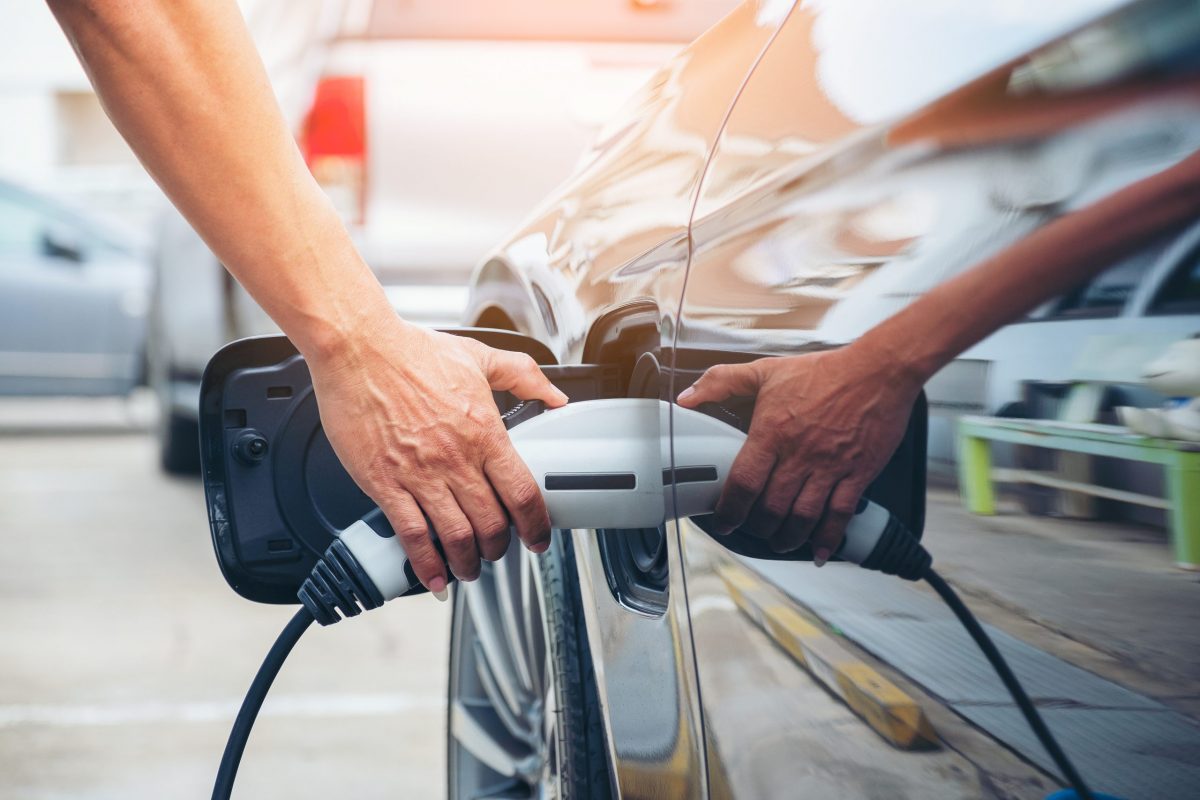At the recent Mid-America Trucking Show (MATS), staged at its usual Louisville, Kentucky, venue, there was optimism in the air, buoyed by the promise of continuing growth in commercial vehicle sales across the United States and Canada. The optimism was fuelled in part by natural gas (NG). That is to say the truck manufacturers at the show were unanimous in their upbeat predictions of future demand for NG-engined trucks.
New gasfield discoveries within the US have highlighted the potential for cutting its oil import dependency. Meanwhile, an expectation that the price differential with oil will swing more and more in NG’s favour, has whetted the appetite for what is certainly the leading alternative to diesel fuel for heavy- and medium-duty trucks and buses. In a recent survey, US automotive low-sulphur diesel had risen to over US$4 per US gallon (US$1.06 per litre) while NG, on an energy-equivalent basis, was averaging just US$2.13 per US gallon (56 cents per litre).
In a recent survey, US automotive low-sulphur diesel had risen to over US$4 per US gallon (US$1.06 per litre) while NG, on an energy-equivalent basis, was averaging just US$2.13 per US gallon (56 cents per litre).
The reduction in oxides of nitrogen (NOx) and particulate matter (PM) emissions which accompany a switch from diesel to NG also brings a vital environmental attraction, one which has been loudly proclaimed in recent weeks by President Obama, no less.
Perhaps not surprisingly, there are a number of downside issues with gas, which the vehicle manufacturers acknowledge with reluctance. One of those is the limited fuel supply infrastructure. For long-haul trucks with necessarily restricted on-board space for fuel tanks, the NG must be cryogenically liquefied to reduce its volume (compared with its compressed [CNG] form) by a factor of about 2.5. But at the last count there were only 46 commercial filling stations offering LNG across the whole of the US – and 35 of those are in California.
Clean Energy Fuels, a leading LNG supplier, has pledged to open 70 more stations nationwide this year and a further 80 in 2013. But even 200 fuelling points in two years time, spread across 50 states, will hardly stimulate the market.
At the last count there were only 46 commercial filling stations offering LNG across the whole of the US – and 35 of those are in California.
There are far more stations dispensing CNG, which suits short-haul trucks and America’s many school buses, which require a more modest tank-mileage range. The engines of those vehicles are virtually all spark-ignited and, as such, can run only on NG. They are smooth and quiet as well as clean-burning and economical, but they lack the torque performance of an equivalent diesel engine; and if they run out of gas they cannot be switched to diesel fuel to get them home. The up-front cost of spark-ignited NG engines, largely because they involve major conversion from a base diesel engine, involving for example new pistons to a) lower the compression ration and b) withstand higher combustion temperatures, is also much higher. That initial on-cost will turn into a loss of eventual trade-in value.
A better proposition are the heavier-duty dual-fuel engines which rely on compression ignition (ie no spark plugs), but which require a ‘pilot’ supply of diesel fuel for starting and maintaining combustion of the main NG fuel. Though less thermally efficient than the spark-ignited ‘gas only’ engines, they retain that vital ‘diesel fall-back’ attraction for getting you home.
The opinions expressed here are those of the author and do not necessarily reflect the positions of Automotive World Ltd.
Alan Bunting has a background in engineering, and has been writing on commercial vehicle and powertrain related topics since the 1960s. He has been an Automotive World contributor since 1996.
The AutomotiveWorld.com Expert Opinion column is open to automotive industry decision makers and influencers. If you would like to contribute an Expert Opinion piece, please contact editorial@automotiveworld.com



